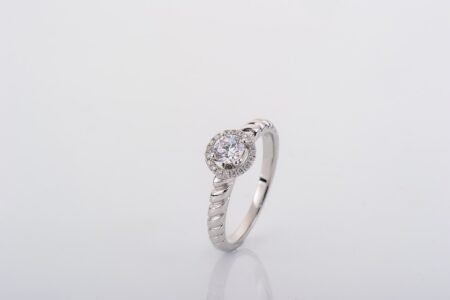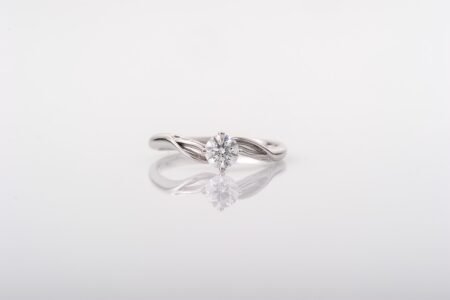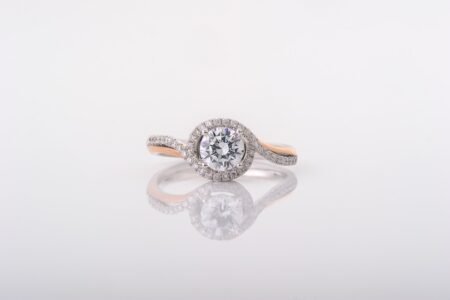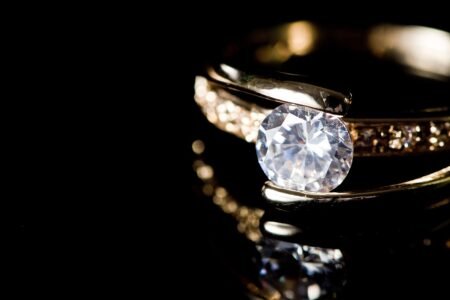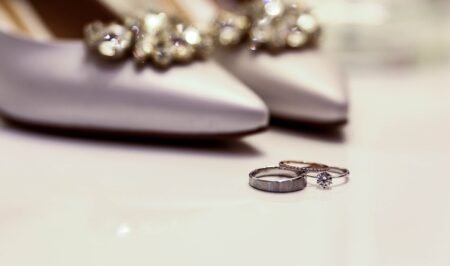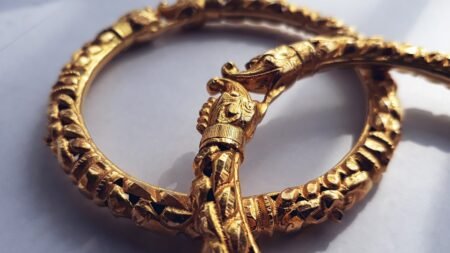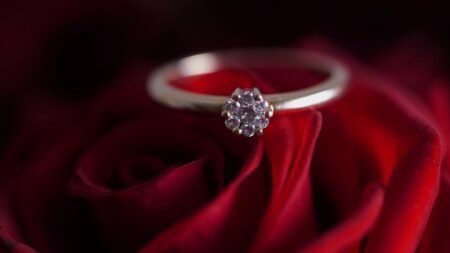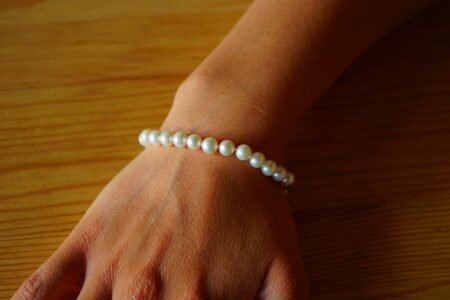
The Science Behind Necklace Design: How Materials and Shapes Impact Perception
Necklaces have been worn for centuries as a form of adornment, but have you ever wondered why certain necklace designs catch your eye more than others? The science behind necklace design goes beyond aesthetics and explores how materials and shapes can impact perception. By understanding these principles, designers can create necklaces that not only look beautiful, but also evoke certain emotions or convey specific messages. In this article, we will delve into the world of necklace design and uncover the secrets behind its scientific foundations.
The Power of Materials: From Gold to Gemstones
The choice of materials in necklace design can greatly influence how a piece is perceived. One of the most popular materials for necklaces is gold, known for its luxurious and timeless appeal. Gold has a warm, lustrous appearance that exudes elegance and sophistication. It is often associated with wealth and status, making it a popular choice for special occasions or formal events.
On the other hand, gemstones add a pop of color and sparkle to necklaces. Each gemstone has its own unique properties and meanings, which can enhance the overall design. For example, a necklace adorned with a sapphire symbolizes wisdom and loyalty, while a ruby necklace represents passion and love. By carefully selecting gemstones, designers can create necklaces that not only catch the eye but also convey a deeper message or personal significance.
Shapes and Symmetry: The Art of Balance
The shape of a necklace can significantly impact how it is perceived. Different shapes evoke different emotions and can create a sense of balance or asymmetry. For instance, a necklace with a circular pendant may give off a feeling of unity and wholeness, while a necklace with a geometric pendant can convey a more modern and edgy vibe.
Symmetry is also an important aspect of necklace design. Humans are naturally drawn to symmetry, as it represents order and harmony. A symmetrical necklace, with evenly spaced elements, can create a sense of balance and stability. On the other hand, an asymmetrical necklace can add an element of surprise or intrigue, making it more eye-catching and unique.
The Length Factor: From Chokers to Opera Length
The length of a necklace can greatly impact its overall appearance and how it is perceived. Different lengths are suitable for different occasions and can complement different necklines. Here are a few common necklace lengths and their characteristics:
– Choker: A choker necklace sits snugly around the neck and draws attention to the collarbone. It is often seen as trendy and fashionable, adding a touch of sophistication to any outfit.
– Princess: The princess length necklace falls just below the collarbone and is one of the most versatile lengths. It can be worn with a variety of necklines and is suitable for both casual and formal occasions.
– Matinee: A matinee length necklace typically falls between the collarbone and the bust. It is often associated with elegance and is a popular choice for formal events or evening wear.
– Opera: The opera length necklace is long and typically falls below the bust. It can be worn as a single strand or doubled up for a layered look. Opera length necklaces are often seen as glamorous and dramatic.
By considering the length of a necklace, designers can ensure that their creations are not only visually appealing but also appropriate for different occasions and outfits.
In conclusion, the science behind necklace design goes beyond aesthetics and delves into the impact of materials, shapes, and lengths on perception. The choice of materials, such as gold or gemstones, can evoke certain emotions or convey specific messages. Shapes and symmetry play a crucial role in creating balance and visual appeal, while the length of a necklace can enhance its overall appearance and suitability for different occasions. By understanding these scientific principles, designers can create necklaces that not only look beautiful but also resonate with the wearer and those who admire their creations. So, the next time you put on a necklace, take a moment to appreciate the science behind its design and the impact it has on your perception.


